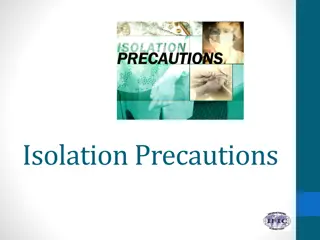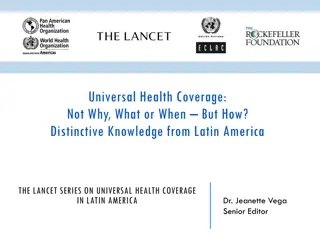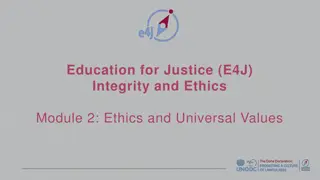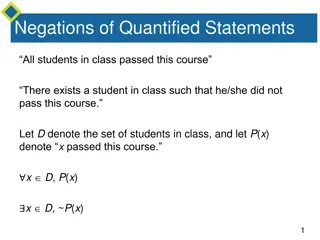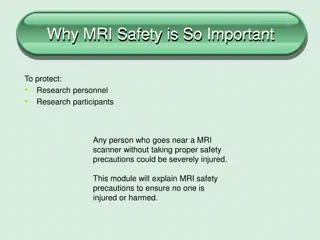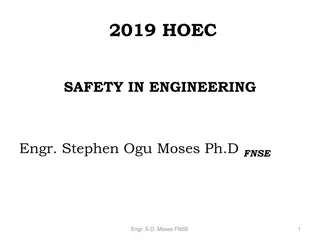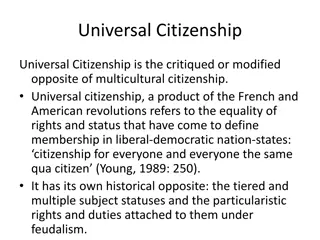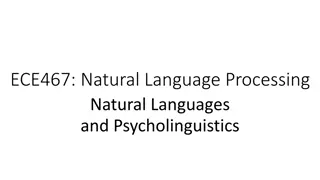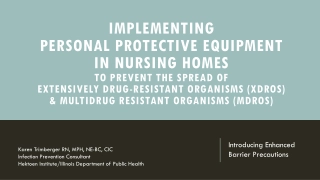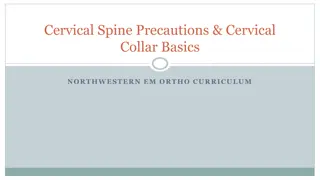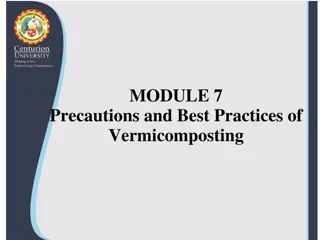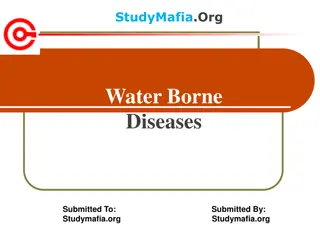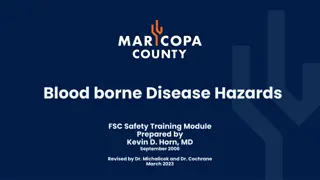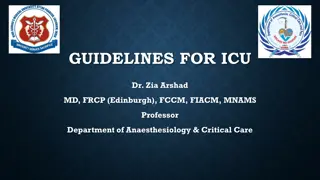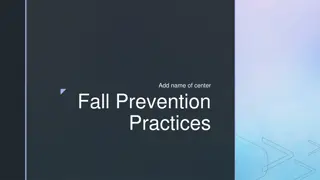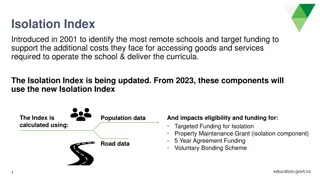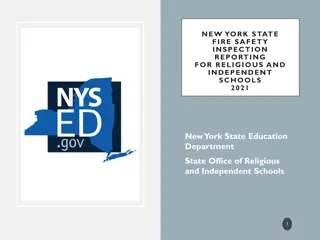Importance of Universal Precautions in Schools
Universal Precautions are practices that help protect employees and students in schools from exposure to potentially infectious materials like blood. By using protective barriers, washing hands thoroughly, and cleaning contaminated surfaces, the risk of spreading infections is reduced. It's crucial to apply these precautions as infected individuals may not show symptoms. Common body fluids and possible infectious agents are identified, emphasizing the necessity of following Universal Precautions to maintain a safe school environment.
Download Presentation

Please find below an Image/Link to download the presentation.
The content on the website is provided AS IS for your information and personal use only. It may not be sold, licensed, or shared on other websites without obtaining consent from the author. Download presentation by click this link. If you encounter any issues during the download, it is possible that the publisher has removed the file from their server.
E N D
Presentation Transcript
UNIVERSAL PRECAUTIONS UNIVERSAL PRECAUTIONS IN THE SCHOOL SETTING IN THE SCHOOL SETTING Sources: www.osha www.cdc
What are Universal Precautions? What are Universal Precautions? Practices of infection control to protect employees from exposure to blood and other potentially infectious material. Simple precautions that decrease the risk of spread of infection from one to another. All body fluids and all people are considered potentially infectious.
Why Use Universal Precautions? Why Use Universal Precautions? Infected people may not look sick . Infected people may not know they are infected. Infected people may not disclose they are infected.
What are body fluids? What are body fluids? Blood Saliva Tears Sweat Vomit Urine Feces Semen Vaginal secretions Respiratory secretions
Possible Infectious Agents Possible Infectious Agents HIV Hepatitis A, B, and C viruses Influenza virus Meningococcal Bacteria Mononucleosis Salmonella Bacteria Rotavirus Cytomegalovirus
Universal Precautions Include Universal Precautions Include Use protective barriers correctly Washing hands thoroughly Cleaning contaminated surfaces Proper disposal of contaminated material Custodians are trained and possess the appropriate materials to clean contaminated services
Use Protective Barriers Use Protective Barriers Protective barriers reduce the risk of exposure to the skin or mucus membranes to potentially infectious materials. Protective barriers include: gloves, gowns, masks, goggles, and covering open wounds with bandages.
When to Wash Hands When to Wash Hands Before preparing and eating food Before and after wearing gloves After sneezing, coughing, blowing nose After going to the bathroom After contact with contaminated substances or surfaces After an injury (cut, scrape)
How to Wash Hands How to Wash Hands Use soap and warm water Wash with soap for 15-30 seconds Do not forget between fingers, back of hands, and under nails Rinse well Use paper towel to dry Turn off faucet with paper towel Discard paper towel
What About Hand Sanitizer What About Hand Sanitizer Alcohol-based gel may be used if hands are not visibly dirty. Must allow 10-15 seconds of contact between gel and hands.
Wear Gloves Wear Gloves When handling contaminated substances or surfaces When cleaning contaminated substances or surfaces When anticipating contact with contaminated substance or surfaces
Summary Summary Treat everyone as being potentially infectious Treat every body fluid as being potentially infectious Always use protective barriers Always clean contaminated areas Always wash hands thoroughly



